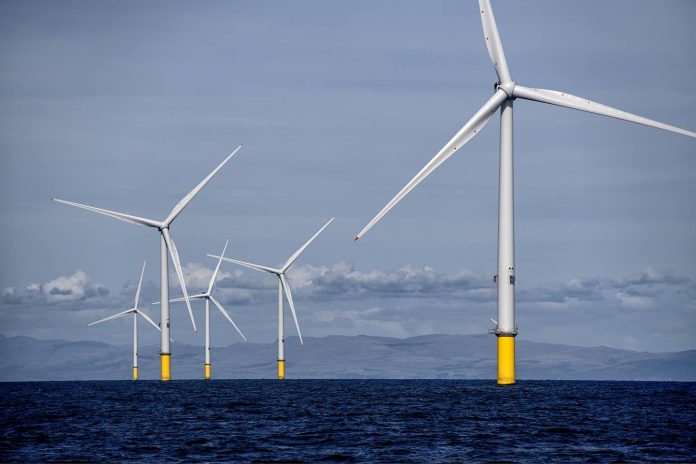Microsoft will begin local power grid conditioning in Ireland later this year
The world is turning to renewable energy to reduce greenhouse gas emissions and improve environmental quality. But renewable energy can be wildly variable — solar power efficiency is reduced on cloudy days and, of course, nothing happens at night. Wind blows, but not always. Figuring out how to manage the supply of renewable energy against actual demand is a problem that Microsoft set out to solve five years ago. Now it’s ready to put the system into production in Ireland, a region that already produces more than a third of its power via renewable sources.
Later this year, a datacenter owned by Microsoft in Dublin will begin to feed electricity back to the local power grid. Microsoft said the power conditioning effort will aid grid decarbonization by using the excess power stored by the data center’s uninterruptible power supply (UPS) system to help provide power to Irish residents and businesses on-demand, during peak times.
“These batteries, which typically provide backup power for the datacenter in case of emergency, have been certified, tested and approved for connection to the grid in a way that helps grid operators provide uninterrupted service when demand exceeds the supply generated elsewhere on the grid by wind, solar and other sources,” explained Microsoft’s John Roach in a recent blog post.
Power grid frequency is becoming more volatile as more regions turn to renewable energy as a way of reducing fossil fuel carbon emissions, according to Microsoft datacenter advanced development group VP Christian Belady. Belady said UPS batteries like those used in data centers can be part of the solution by maintaining the balance between supply and demand.
“We have this battery asset in the datacenter that is just sitting there,” Belady said. “Why don’t we offer it to the grid and come up with a dynamic way of managing it as a dual-purpose asset and thus drive more efficiency and asset utilization? That’s what drove this win-win situation.”
Microsoft said the effort has been in the works since 2017. The company partnered with power management solutions developer Eaton to develop and test a grid-interactive UPS. The companies developed a proof of concept in Microsoft’s Chicago, Illinois data center, and refined it further at its Quincy, Washington data centers location. This marks Microsoft’s production debut of the technology.
Why Ireland? Microsoft’s Roach explained: “Microsoft found an opportunity in Ireland, where variable renewables already account for more than 35% of the island’s electricity and that figure is expected to grow to 80% by 2030. This level of variable power production requires grid-stabilization services typically provided by fossil fuel power plants,” he said.
Microsoft is working with energy services and solutions provider Enel X to participate an in an energy market operated by Irish energy transmission provider IreGrid. Enel X’s senior director of regulatory affairs Paul Troughton sees EirGrid’s approach as an important step forward for the rest of the world, too.
“I often think of Ireland as a vision of the future of what other systems’ grids will be like. As other countries transition to a greater reliance on renewable energy, they will encounter a similar situation,” he said.
Microsoft’s efforts echo an arrangement reached by Nordic telco Telia and European energy firm Fortum. The Helsinki Data Center has on-premises uninterrupted power supply (UPS) systems made by ABB, whose batteries help to balance power demands on the regional grid. The agreement between Telia and Fortum is part of the “Fortum Spring” virtual battery solution developed by Fortum.

